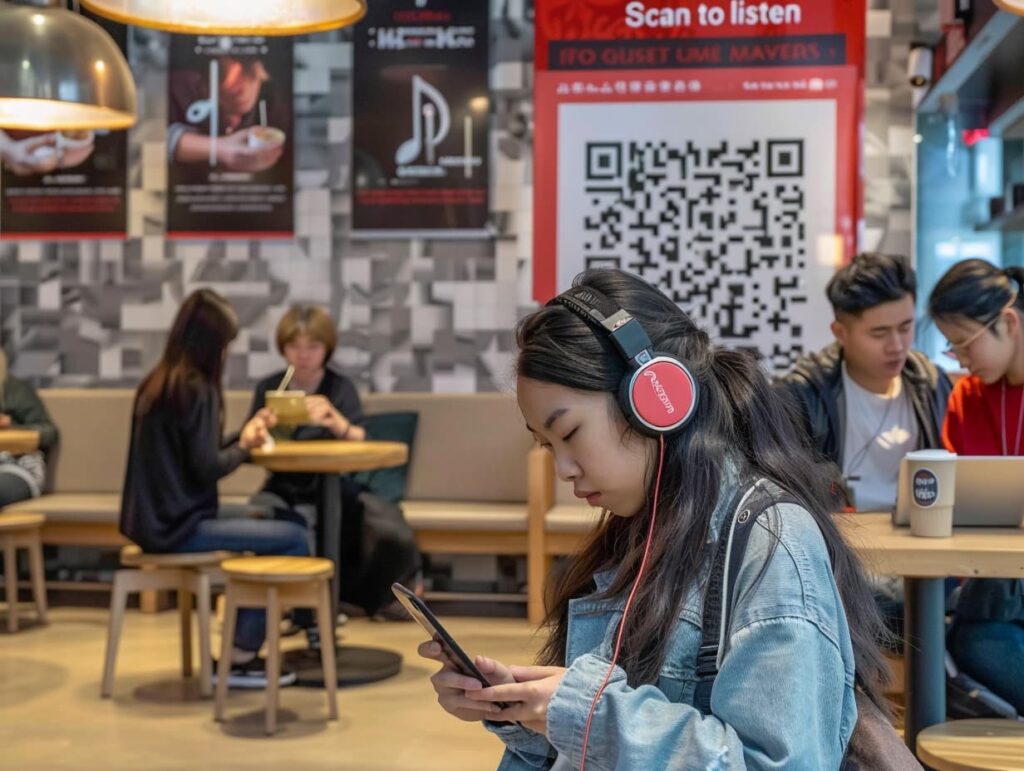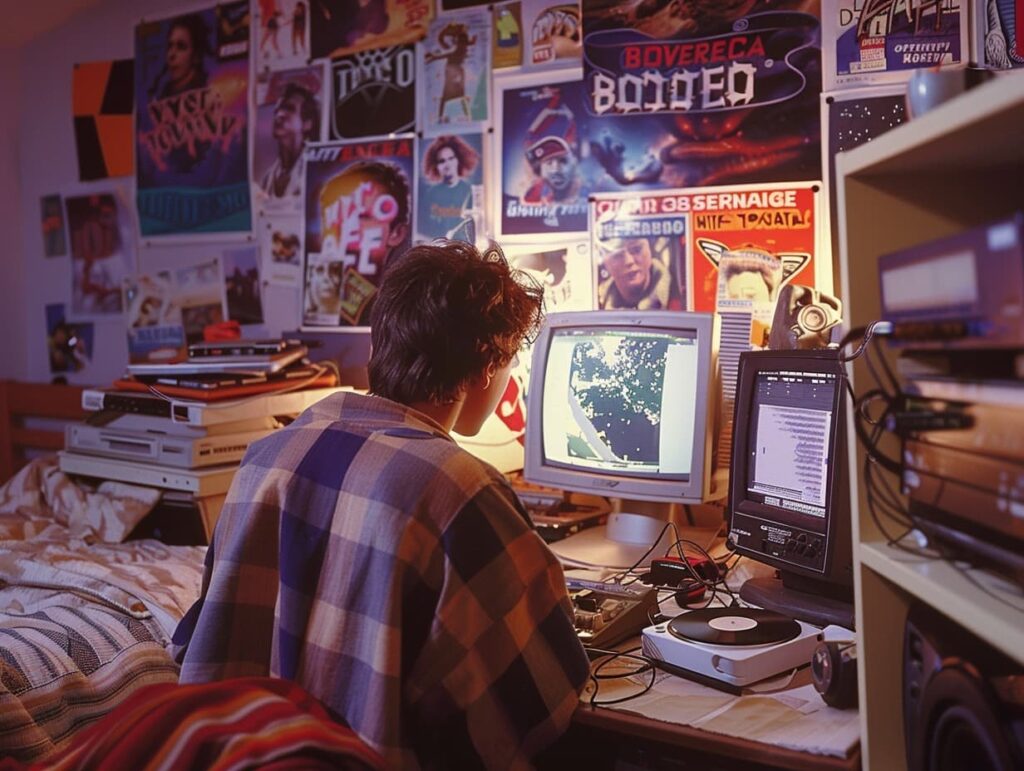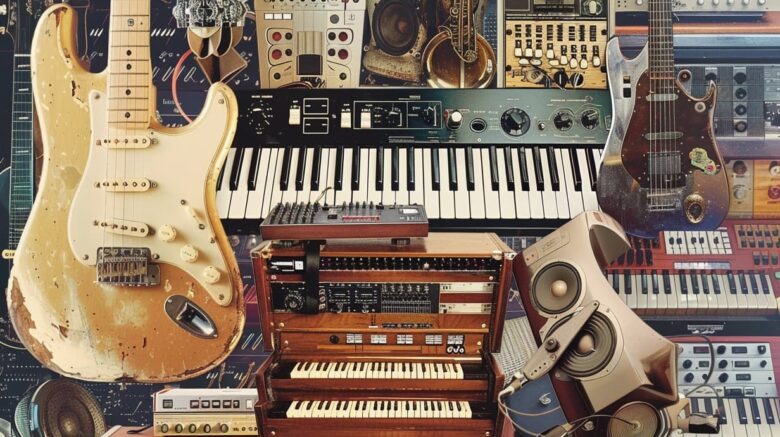The digital transformation of music from the 20th century onwards marks an era of significant technological progress. This shift has not only altered how we engage with music but also the methods through which music is distributed and accessed globally. According to the International Federation of the Phonographic Industry (IFPI), global recorded music revenues grew by 7.4% in 2020, highlighting the enduring appeal and adaptability of music consumption in a digital landscape. This growth underscores the pivotal role digital platforms and technologies play in the evolution of music access and distribution.
Early Twentieth Century: The Beginnings of Electronic Instruments
The dawn of the 20th century introduced musicians and audiences to the first electronic instruments, a development that expanded the horizons of musical sound and expression. These initial inventions paved the way for a new era of music production:
- Theremin (1920): One of the earliest electronic musical instruments, played without physical contact.
- Ondes Martenot (1928): Known for its eerie sound, contributing to music genres from classical to rock.
The inclusion of electronic instruments in music compositions broadened the palette of sounds available to composers and performers, influencing the direction of music in the following decades.
Mid to Late 20th Century: The Rise of Electronic Music and Digital Recording

Transitioning from the analog world, the latter half of the 20th century witnessed the birth of digital recording and the rise of electronic music. This period was characterized by:
- Digital Synthesizers: Transforming music production with a wider range of sounds and easier manipulation.
- Multitrack Recording: Allowing for the separate recording of multiple sound sources to create a cohesive whole.
These advancements facilitated the development of entirely new music genres, offering artists creative freedoms previously unimaginable.
The Advent of the Internet and Digital Distribution
The internet’s arrival reshaped music distribution, introducing fans to music streaming and online purchasing. This digital shift enabled:
- Online Music Stores: Early platforms like iTunes allowed users to buy songs and albums digitally.
- Streaming Services: Services such as Spotify and Pandora changed the music consumption model to access over ownership.
These platforms offered listeners unprecedented access to a vast array of music from around the world, further democratizing music consumption.
QR Codes: A Novel Approach to Music Access and Engagement
QR codes emerged as a unique tool for enhancing music marketing and engagement, providing a direct link between artists and their audience. These codes have been used innovatively in the music sector to:
- Marketing Campaigns:
- Direct fans to exclusive content.
- Offer unique experiences, like behind-the-scenes footage or special releases.
- Album Artwork:
- Embedding QR codes in album covers for additional album-related content.
- Providing instant access to lyrics, videos, and artist interviews.
- Live Events:
- Simplifying ticket purchases and check-ins.
- Enhancing the concert experience with interactive content.
QR codes stand out for their ability to bridge the physical and digital worlds, offering music fans new ways to explore and connect with music. For more engaging music experiences, check out How To Promote Your Music On Tiktok, Soundcloud, Spotify And Other Platforms.
Social Media’s Role in Music Promotion and Discovery
Social media platforms have become instrumental in promoting music and enabling discoveries. They serve as a powerful tool for artists to:
- Engage with Fans: Direct communication through posts, live streams, and interactive content.
- Viral Marketing: Leveraging trends and challenges to increase visibility and stream counts.
The viral nature of social media content can catapult songs to global popularity overnight, illustrating the platform’s power in shaping modern music trends.

Music Production Technology: Democratizing Music Creation
Advances in music production technology have lowered barriers to music creation, making it accessible to a broader audience. Affordable software and hardware empower aspiring artists to:
- Create High-Quality Music: With minimal equipment, from the comfort of their homes.
- Distribute Globally: Utilizing online platforms to reach listeners worldwide without traditional gatekeepers.
This democratization of music production and distribution is fostering a new generation of artists and diversifying the musical landscape.
The Future: Predictions for Music Technology and Distribution
Looking ahead, the fusion of music with emerging technologies such as AI and VR promises to further expand the boundaries of musical experience and creation. Potential developments include:
- Artificial Intelligence: Automating music composition and personalizing listening experiences.
- Virtual Reality Concerts: Offering immersive live performance experiences from anywhere in the world.
As we continue to navigate the digital transformation of music, these advancements signal exciting possibilities for artists and fans alike, ensuring that the rhythm of innovation remains a constant in the world of music.
